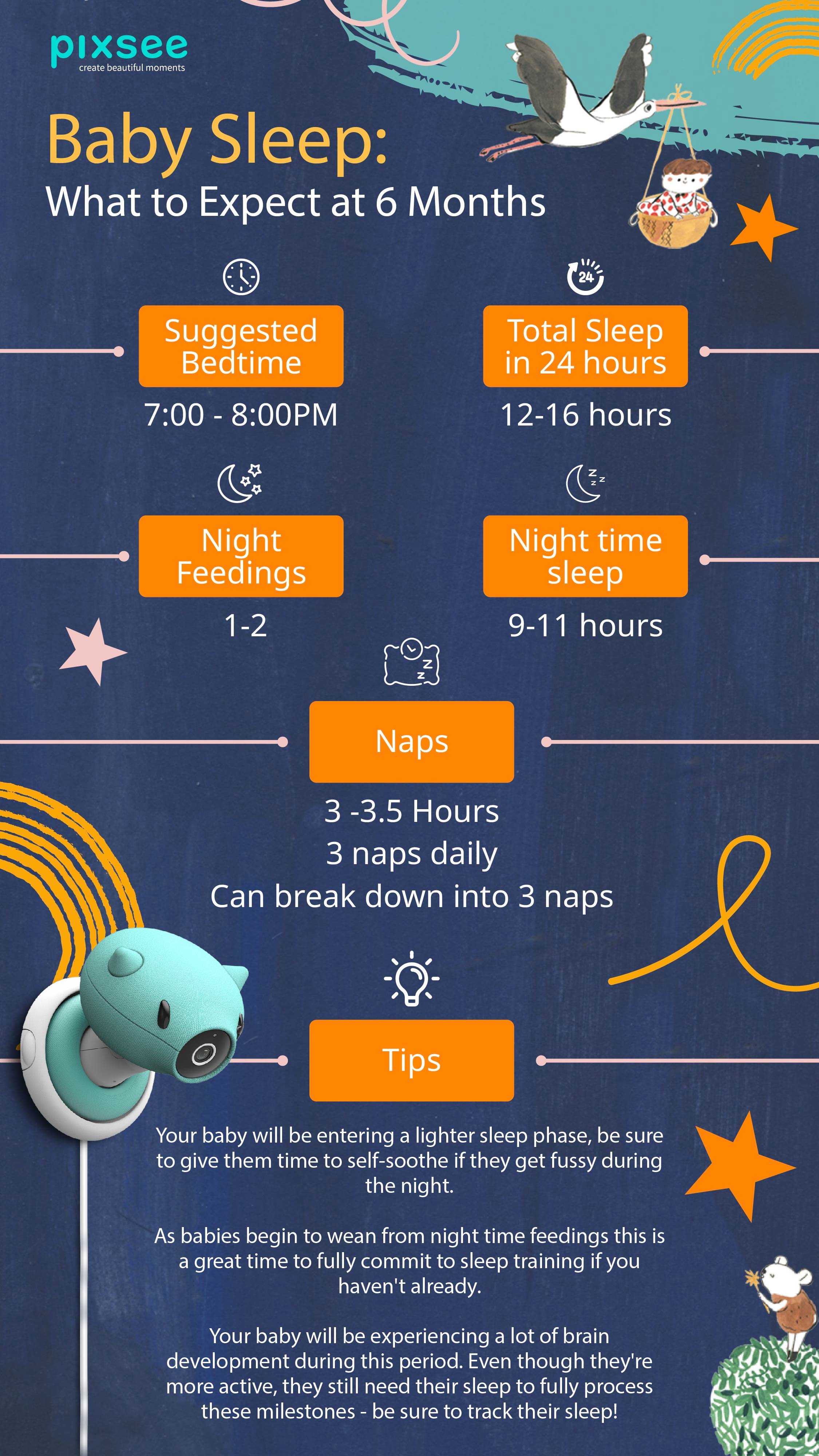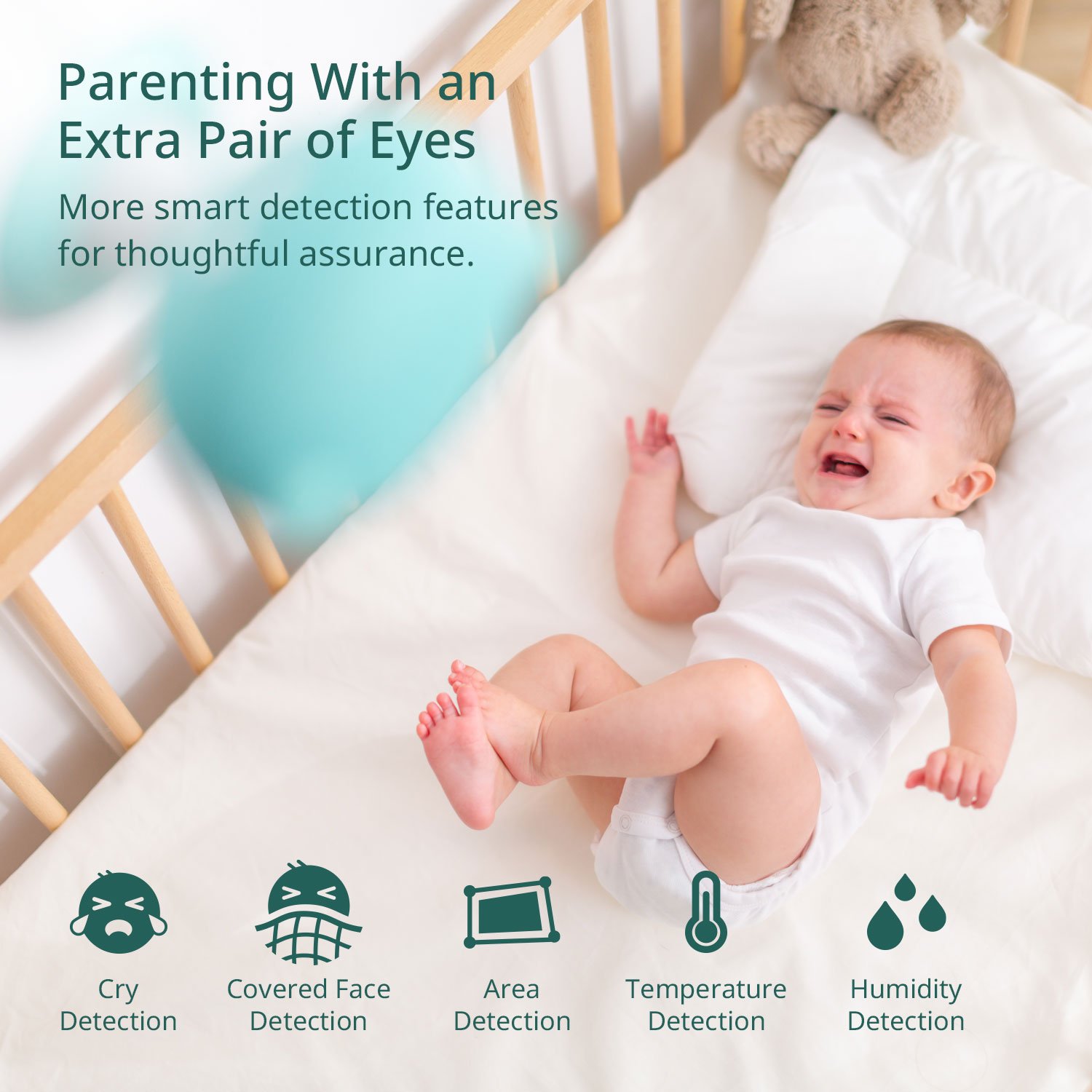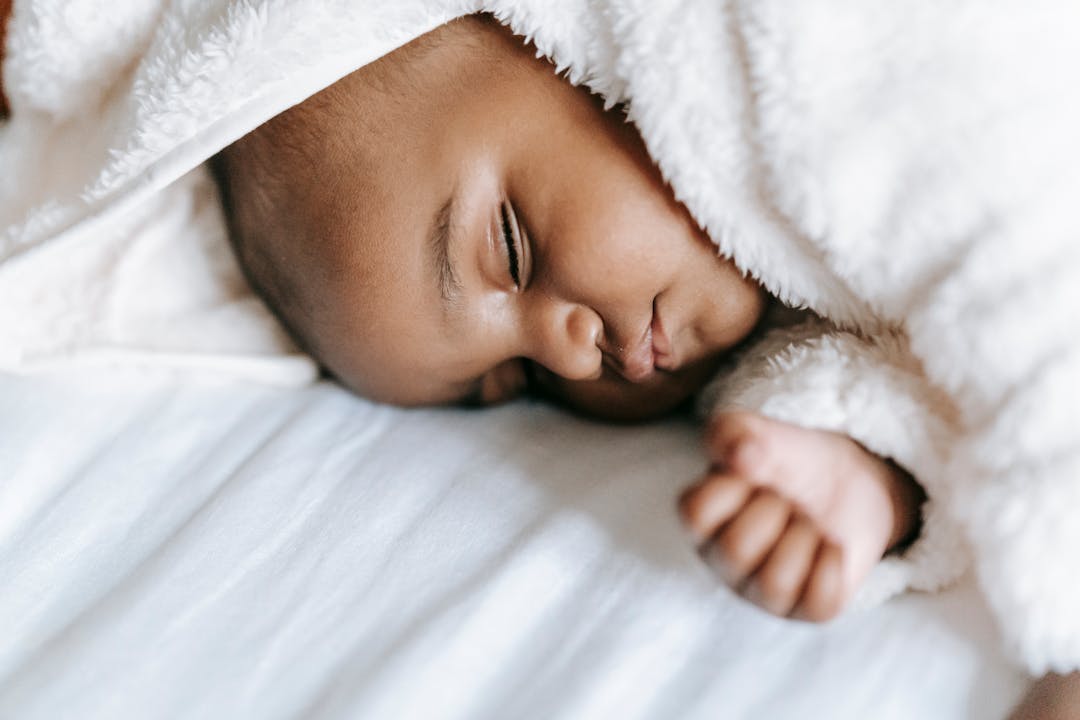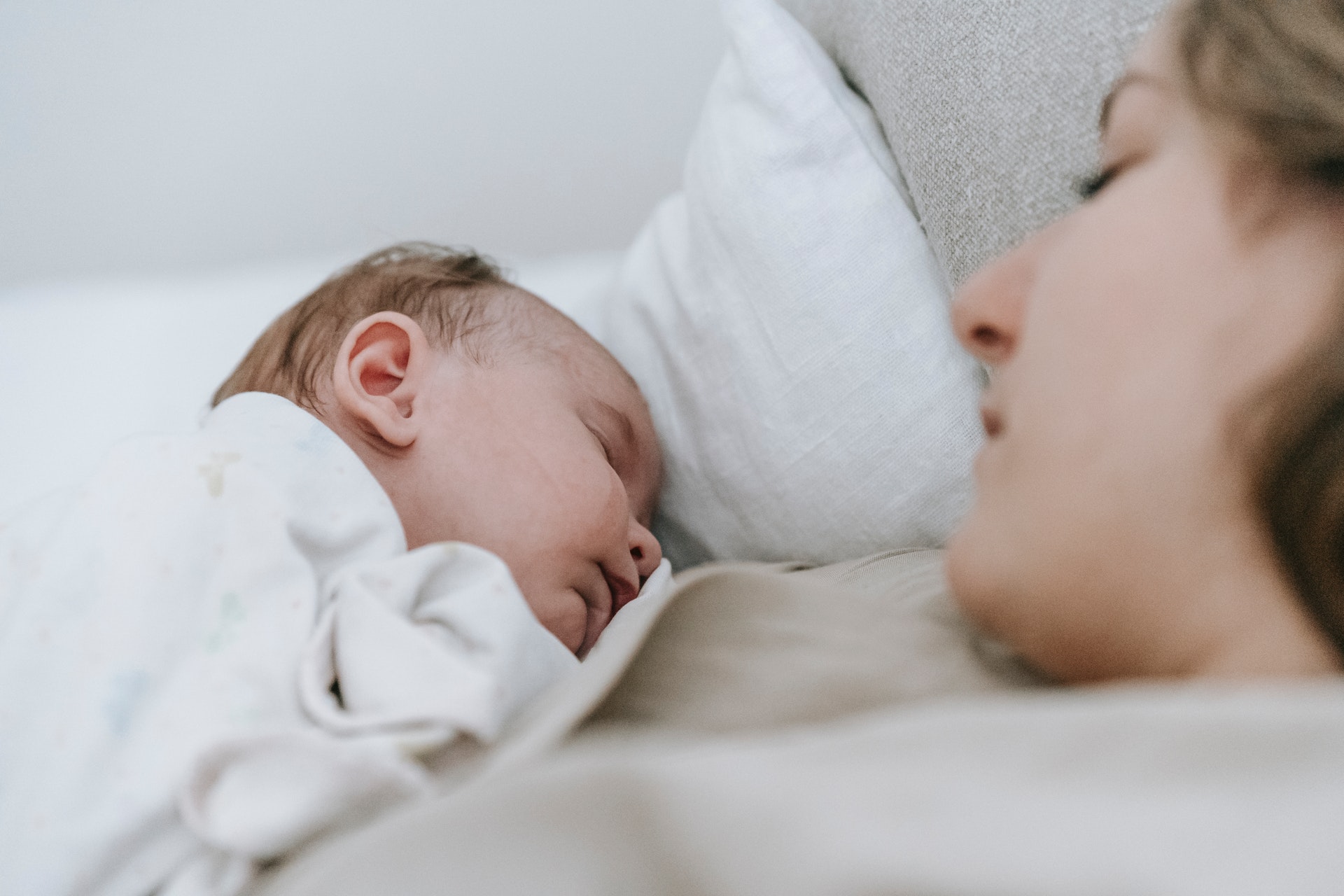Congratulations! You have made it through six amazing months with your sweet new baby! Now that half a year of firsts has gone by, surely it's time to get a full night of sleep, right?
With any luck, the answer is yes!
The truth is that learning to master baby sleep is one of the most challenging tasks that a new parent faces during the first year. Your baby does their best growing while they are slumbering away under the watchful eye of your smart baby monitor. You want to be sure that your little one is getting the restful sleep that they need to reach all of their incredible upcoming milestones right on schedule.
A lot changes between three and six months. As your baby's brain develops, their sleep cycle will shift to accommodate their changing needs. Understanding these changes is key to getting a full night's sleep as a new parent.
We've created this guide to help you better understand what to expect during this dynamic period in your baby's life. Keep reading to ensure that everyone in your household is having the sweetest possible dreams.
Learn more about Baby's Sleep Schedule
Sleep Patterns At Six Months: What's New?
Just when you think you've mastered newborn sleep, your baby's sleep patterns have begun to shift. This is a great time to look back on all of the images you've captured. You will notice that your baby has done an incredible amount of growth in the first three months.
This is due in part to their biological urge to sleep. Their little bodies need rest, so they fall asleep on instinct. As your baby approaches four months of age, sleeping begins to shift from a subconscious need to a conscious task, which is a major change for most families.
The good news for tired parents is that this means your baby's sleep patterns are beginning to look more like your own. Rather than drifting through their day, they will begin waking fully in between sleep cycles. This means the interactions you will have with your sweet baby will be a lot more nuanced and dynamic!
The Four-Month Sleep Regression
This period also signals a lot of changes. At about four months, babies experience what experts call "the four-month sleep regression". Their sleep schedule and needs will shift, and this will keep you on your toes!
For one thing, your baby may need a lot more soothing before they can fall asleep. You may experience a lot more fussy crying in between daily naps. You will find yourself doing more rocking, feeding, and patting during the day and night.
The key to mastering sleep regression is allowing your baby to learn how to self-soothe. We know that this is hard! It means listening to a lot of crying as your baby learns how to comfort themselves through trial and error.
Think of learning to sleep like any other skill that a baby needs to develop. While learning to walk, your baby will probably stumble and fall. While learning to sleep, they may need to work through a little bit of discomfort, too!
The biggest key to helping your baby learn to self-settle is consistency! Parents who can monitor their baby on their Pixsee smart baby monitor tend to be more resilient during this tricky period of development. Your smart baby monitor's crystal-clear video technology can help ensure that your little ones are safe as they practice their new sleep skills.
Baby's Brand New Sleep Cycle
 Between 3 and 6 months of age, your baby will sleep most deeply between bedtime and midnight. After that, your baby will enter a lighter sleep phase. Make sure to keep household conversations hushed so you don't wake them during this phase!
Between 3 and 6 months of age, your baby will sleep most deeply between bedtime and midnight. After that, your baby will enter a lighter sleep phase. Make sure to keep household conversations hushed so you don't wake them during this phase!
Your baby's sleep cycle will average about two hours in length. That means that every two hours they will enter that "light phase". Once your baby learns to self-soothe, they will sleep through these phases, and so can you!
Until then, you may find yourself waking every two hours or so to comfort your little one. Your baby's highest chance of waking comes at around 5:00 AM. If they can self-soothe through that, you will experience your first "full night of sleep" with your baby!
During those precious waking hours with your baby, you have a lot to look forward to! Here are a few milestones you can anticipate around 6 months:
- Begin to look at themselves in the mirror
- Responds to their name
- Begins to say consonant sounds
- Tries to get things that are out of reach
- Rolls over in both directions
- Can sit unsupported
No wonder your busy baby needs so much sleep! These milestones are hard work for a growing little one, and changes will continue happening every day.
The Nuances of NapTime
All of these changes in sleep are evidence of big changes in your baby's brain! Think of sleep as a kind of fuel that speeds up your baby's development. When it's their brain doing the growing, that sleep becomes even more essential!
Babies need to nap during the day to reduce the stress hormone cortisol. This is what is responsible for cranky babies! When your baby naps just enough, they are more likely to sleep through the night.
Between three and four months, babies need about three and a quarter hours of daytime sleep. You can break this down into three naps per day, lasting between 15 minutes and two and a half hours.
Between four and six months, babies need about three hours of daytime sleep. You can break this down into three naps per day, lasting between 10 minutes and two and a half hours.
As your baby approaches their half-birthday, their late afternoon nap might become a ten-minute power nap. Even if they resist, this extra sleep is essential! Don't skip it!
Safe Baby Sleep For Movers And Shakers

The period between three and six months is one of the trickiest and most turbulent times for babies and parents alike! As your baby learns to self-soothe, you may have concerns about their safety. With Pixsee smart baby monitor, you will be able to support your growing baby from a safe distance.
Pixsee smart baby monitor can help you as you shift into your new bedtime routine. Tools like white noise, our music scheduler, and crystal-clear night vision will help support you during this transition.
Some babies may struggle to sleep through the night because they get too cold. With Pixsee, you can take advantage of smart detection features that allow you to know the temperature in the room from your phone. You will also receive an alert if their face becomes covered at any point during the night.
Best of all, when your baby finally does sleep through the night, you will have the FHD video playback to prove it!
Sleep Through The Night With Pixsee Smart Baby Monitor
Anyone who has ever used the phrase "sleep like a baby" hasn't parented a child between three and six months old! Baby sleep can be challenging, but with the help of your Pixsee smart baby monitor, you can get through it! A good night's sleep is right around the corner - for you and your little one!
It all begins when you open your first Pixsee smart baby monitor. Designed to be whimsical and fun, Pixsee fits perfectly in any space to meet your discerning taste and style. Buy yours on our Pixsee Shop or Amazon online store and you will be on your way to sweeter dreams!








